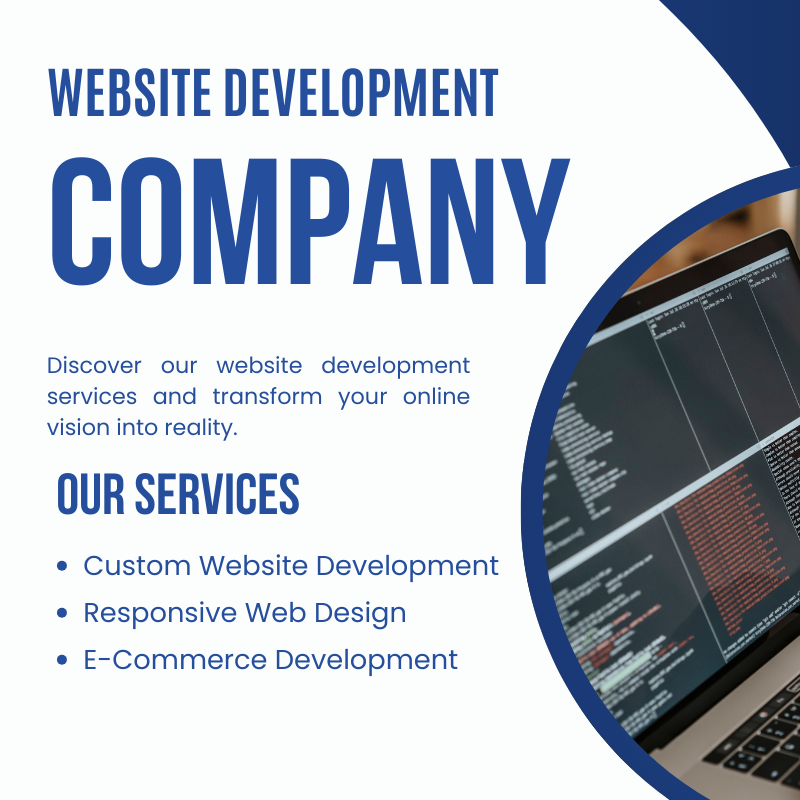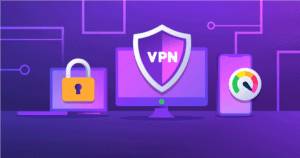The development of innovative digital products is crucial for businesses to stay competitive. But what exactly is digital product development , and why is it so important in 2024? This article will guide you through the comprehensive process of digital product development , from initial ideation to post-launch scaling, ensuring your product meets market needs and achieves success.
Understanding the Digital Product Development Process
The digital product development process involves several stages, each crucial to the successful creation and deployment of a digital product. These stages include ideation, design, development, testing, launch, and post-launch iteration. Understanding and executing each stage effectively is essential for developing a product that not only meets market demands but also provides a seamless user experience.
Ideation and Conceptualization
Every successful digital product begins with a brilliant idea. The ideation phase involves brainstorming sessions, thorough market research, and detailed analysis to identify gaps and opportunities. This phase is critical as it lays the foundation for your product, defining what it is, who it’s for, and how it will solve users’ problems.
Brainstorming Ideas
Gathering your team for brainstorming sessions can spark innovative ideas. Encourage creativity and out-of-the-box thinking to come up with unique concepts.
Market Research and Analysis
Conducting market research helps you understand your target audience, their needs, and the competitive landscape. This information is vital for shaping your product concept and ensuring it addresses real market demands.
Defining the Product Concept
Once you have a clear idea and market insights, it’s time to define your product concept. This involves outlining the core features, functionalities, and value proposition of your product.
Creating a Product Roadmap
A well-defined product roadmap is essential for guiding your development process. It sets clear goals, establishes timelines, and identifies key milestones to ensure your project stays on track.
Setting Clear Goals and Objectives
Define what success looks like for your product. Set specific, measurable, achievable, relevant, and time-bound (SMART) goals to guide your development efforts.
Establishing Timelines and Milestones
Break down your development process into manageable phases with specific milestones. This helps in tracking progress and maintaining momentum.
Identifying Key Performance Indicators (KPIs)
Determine the KPIs that will measure your product’s success. These could include user acquisition rates, engagement metrics, and revenue targets.
Design and Prototyping
Design and prototyping are critical steps in bringing your product concept to life. This phase involves creating user-centric designs and developing prototypes to test and refine your ideas.
User Experience (UX) Design
Focus on designing an intuitive and seamless user experience. This involves understanding user behaviors and creating a design that meets their needs.
User Interface (UI) Design
The UI design focuses on the look and feel of your product. It’s about creating visually appealing interfaces that are also functional and easy to navigate.
Developing Prototypes and Wireframes
Prototypes and wireframes allow you to visualize your product and gather feedback before full-scale development. They are essential for identifying potential issues and making necessary adjustments early on.
Technology Stack and Development Planning
Choosing the right technology stack and planning your development process are crucial steps in ensuring your product’s success.
Choosing the Right Technology Stack
Select a technology stack that aligns with your product’s requirements and goals. Consider factors like scalability, performance, and development speed.
Planning the Development Process
Create a detailed development plan that outlines the tasks, timelines, and resources required for each phase of the project.
Allocating Resources and Setting Up Teams
Assemble a skilled development team and allocate resources efficiently. Ensure your team has the necessary tools and support to execute the project effectively.
Agile Development Methodology
Adopting an Agile development methodology can enhance your development process by promoting flexibility and continuous improvement.
Principles of Agile Development
Agile development is based on iterative progress, collaboration, and adaptability. It focuses on delivering small, functional pieces of the product incrementally.
Implementing Agile in Digital Product Development
Integrate Agile practices such as sprints, daily stand-ups, and continuous feedback loops into your development process to enhance efficiency and responsiveness.
Benefits of Agile Methodology
Agile development offers numerous benefits, including faster time-to-market, improved product quality, and better alignment with user needs.
Development Phase
The development phase involves the actual coding and creation of your digital product. This stage requires close collaboration between frontend and backend developers.
Frontend Development
Frontend development focuses on building the user interface and ensuring a seamless user experience. This includes designing responsive layouts and integrating interactive elements.
Backend Development
Backend development involves creating the server-side logic, databases, and APIs that power your product. It’s essential for ensuring the product’s functionality and performance.
Integration of Third-Party Services
Incorporating third-party services and APIs can enhance your product’s capabilities and streamline development. Ensure these integrations are secure and reliable.
Testing and Quality Assurance
Thorough testing and quality assurance are vital for delivering a reliable and user-friendly product. This phase involves various types of testing to identify and fix issues.
Importance of Testing in Product Development
Testing ensures that your product functions correctly and meets user expectations. It helps identify and address bugs and performance issues before launch.
Types of Testing (Functional, Usability, Performance)
Conduct different types of testing, including functional testing to check core functionalities, usability testing to ensure a smooth user experience, and performance testing to assess the product’s speed and scalability.
Continuous Integration and Delivery (CI/CD)
Implement CI/CD practices to automate testing and deployment processes. This allows for faster iterations and more reliable releases.
Launch and Deployment
Preparing for the product launch involves finalizing the product, planning the launch strategy, and deploying the product to the market.
Preparing for Product Launch
Ensure your product is fully tested and ready for users. Create a detailed launch plan that includes marketing, support, and post-launch activities.
Deployment Strategies
Choose the right deployment strategy for your product. This could include phased rollouts, feature toggles, and canary releases to minimize risks.
Post-Launch Monitoring and Support
After launch, monitor your product’s performance and user feedback closely. Provide ongoing support to address any issues and continuously improve the product.
User Feedback and Iteration
User feedback is invaluable for refining and improving your product. Collect feedback, analyze it, and use it to guide future development.
Collecting User Feedback
Implement mechanisms for gathering user feedback, such as surveys, reviews, and direct interactions. Encourage users to share their thoughts and suggestions.
Analyzing Feedback and Identifying Improvements
Analyze the feedback to identify common issues and areas for improvement. Prioritize these improvements based on their impact on user satisfaction and product performance.
Iterative Development and Updates
Adopt an iterative development approach to continuously enhance your product. Regular updates and improvements keep your product relevant and competitive.
Scaling and Growth
As your product gains traction, focus on scaling and managing growth effectively. This involves optimizing performance, expanding features, and exploring new markets.
Strategies for Scaling Digital Products
Develop strategies for scaling your product, such as optimizing infrastructure, improving performance, and expanding to new platforms.
Managing Increased Demand and Traffic
Ensure your product can handle increased demand and traffic. This may involve upgrading servers, optimizing code, and implementing load-balancing solutions.
Continuous Improvement and Innovation
Commit to continuous improvement and innovation. Stay ahead of market trends and user expectations by regularly updating and enhancing your product.
Security and Compliance
Ensuring the security and compliance of your digital product is critical for protecting user data and maintaining trust.
Ensuring Product Security
Implement robust security measures, including encryption, secure authentication, and regular security audits, to protect your product and user data.
Compliance with Regulations and Standards
Ensure your product complies with relevant regulations and standards, such as GDPR, HIPAA, and industry-specific requirements. This helps avoid legal issues and builds user trust.
Regular Security Audits and Updates
Conduct regular security audits and updates to identify and address vulnerabilities. Staying proactive in security management is essential for long-term success.
Case Studies of Successful Digital Product Development
Learning from successful digital product development cases can provide valuable insights and inspiration.
Examples of Successful Digital Products
Explore examples of successful digital products, such as Slack, Airbnb, and Spotify, to understand their development journeys and key strategies.
Key Takeaways and Lessons Learned
Analyze the success stories to identify common themes and lessons learned. These insights can guide your development efforts and help you avoid common pitfalls.
Future Trends in Digital Product Development
Staying ahead of future trends is crucial for maintaining competitiveness in the digital product space.
Emerging Technologies and Trends
Keep an eye on emerging technologies and trends, such as AI, blockchain, and IoT, that can enhance your product’s capabilities and user experience.
Predictions for the Future of Digital Product Development
Explore predictions for the future of digital product development, including advancements in automation, personalization, and user experience design.
Preparing for Future Challenges and Opportunities
Prepare for future challenges and opportunities by staying informed and adaptable. Invest in continuous learning and innovation to stay ahead of the curve.
Conclusion
Digital product development in 2024 requires a comprehensive and agile approach to stay competitive. By understanding and implementing the complete development process, from ideation to post-launch iteration, businesses can create successful digital products that meet market demands and provide exceptional user experiences.




